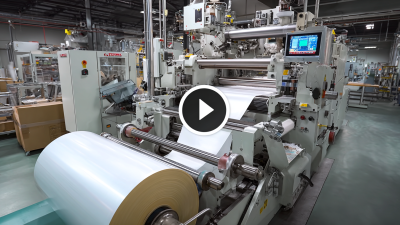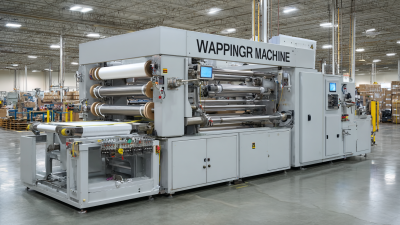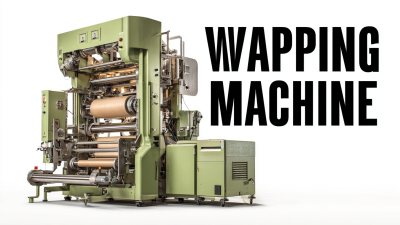Call for Price: 0086-15515573212
In today's fast-paced manufacturing and packaging environments, selecting the optimal Wrap Machine For Packing is crucial for enhancing operational efficiency. According to a 2023 report by Smithers Pira, the global demand for automated packaging solutions is projected to reach $400 billion by 2027, driven largely by the need for increased productivity and reduced waste. Additionally, a study by the Packaging Machinery Manufacturers Institute (PMMI) reveals that businesses utilizing advanced wrapping technologies can achieve up to a 30% reduction in labor costs and a significant decrease in packaging material usage. As the industry evolves, the role of innovative wrap machines becomes increasingly vital, enabling companies to streamline their processes, ensure product integrity, and respond rapidly to market demands. In this context, understanding the diverse types of wrap machines available and their specific applications can lead to transformative improvements in packaging efficiency and overall business performance.

When it comes to enhancing business efficiency in packaging, selecting the appropriate wrap machine is paramount. There are various types of wrap machines designed to meet specific packaging needs, each offering distinct functionalities. For instance, semi-automatic wrap machines allow operators to manually control the wrapping process, making them suitable for businesses with lower volume requirements. They offer flexibility and can adapt to various package sizes.
On the other hand, fully automatic wrap machines excel in high-volume operations, automatically wrapping products with minimal human intervention. These machines often feature advanced technology to ensure consistent and efficient wrapping, reducing labor costs and minimizing the risk of errors. Additionally, there are specialized wrap machines, such as those designed for shrink wrapping or stretch wrapping, which cater to different materials and packaging types. By understanding the various wrap machines available, businesses can make informed decisions that significantly enhance their operational efficiency.
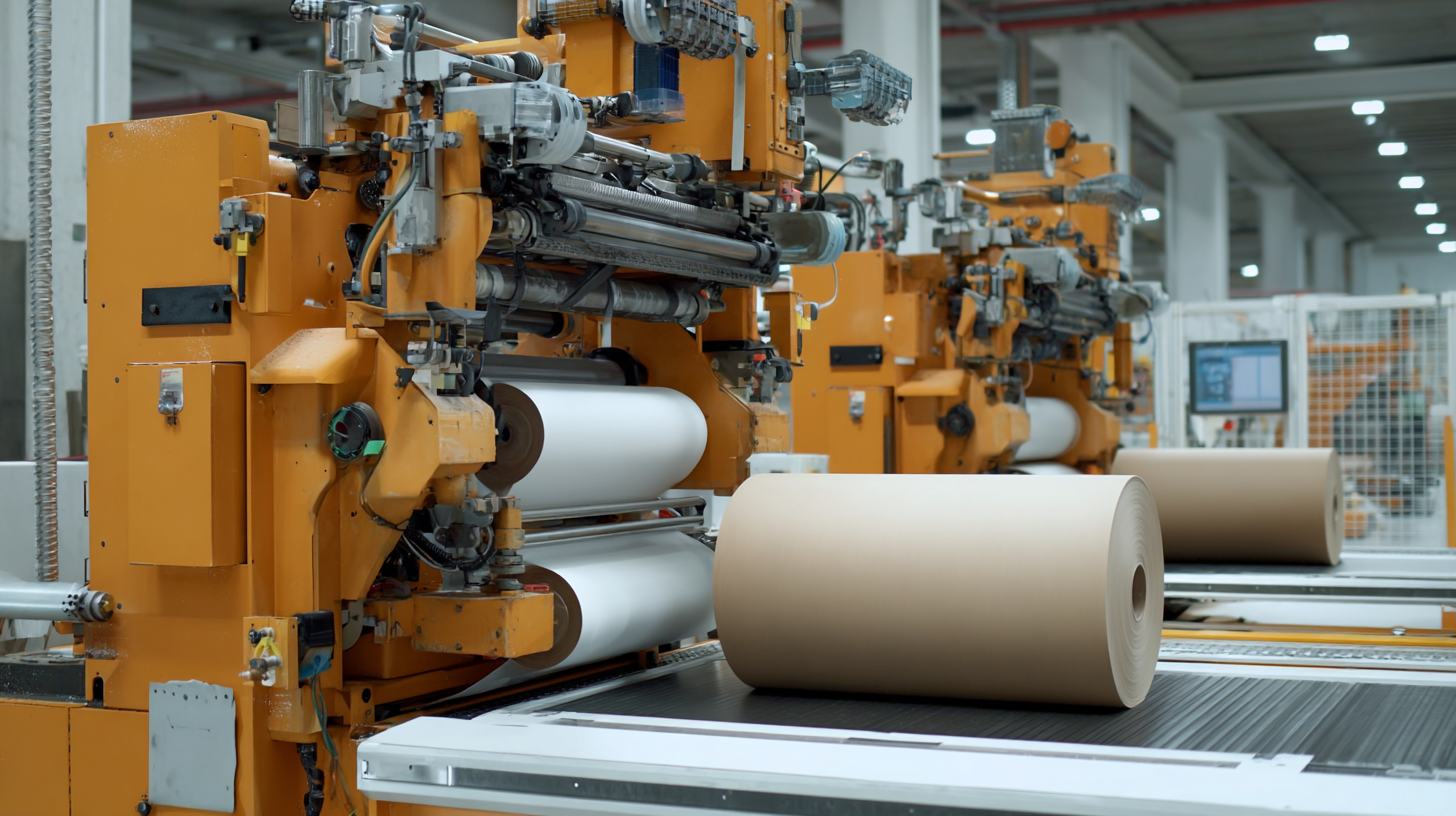
When selecting a wrap machine, several key features can significantly influence the efficiency and effectiveness of your packing processes. One of the primary considerations is the machine's speed and throughput capabilities. A faster machine can increase productivity, allowing for higher volumes of products to be wrapped in a shorter time frame. This is essential in today's fast-paced business environment, where timely delivery can make or break customer satisfaction.
Another crucial factor is the versatility of the machine. It should be able to accommodate various product sizes and types, ensuring that it can handle all your packaging needs. Flexibility can enhance operational efficiency, as it reduces the need for multiple machines and allows for quicker adjustments when switching between different product lines. Additionally, ease of use and maintenance are important features to look for, as they can decrease downtime and operational costs. Investing in a machine that combines these essential features can transform not only your packing efficiency but also your overall business productivity.
When evaluating your business needs for optimal packaging solutions, it's crucial to identify specific requirements that align with your operational goals. For instance, a study by Smithers Pira indicates that the global market for packaging machinery is projected to reach $54 billion by 2025, highlighting the increasing importance of efficient packaging systems. Companies looking to enhance their productivity must consider factors such as the types of products being wrapped, required speed, and the potential for automation.
In addition, reliability and versatility are key components in selecting a wrap machine. According to a report from MarketsandMarkets, about 32% of companies prioritize machine adaptability to various products as a critical requirement when investing in machinery. By understanding these metrics, businesses can make informed decisions that not only streamline their packaging processes but also cater to shifting market demands. Investing in the right wrap machine can ultimately lead to significant improvements in overall efficiency and profitability, underscoring the importance of a tailored approach to packaging.
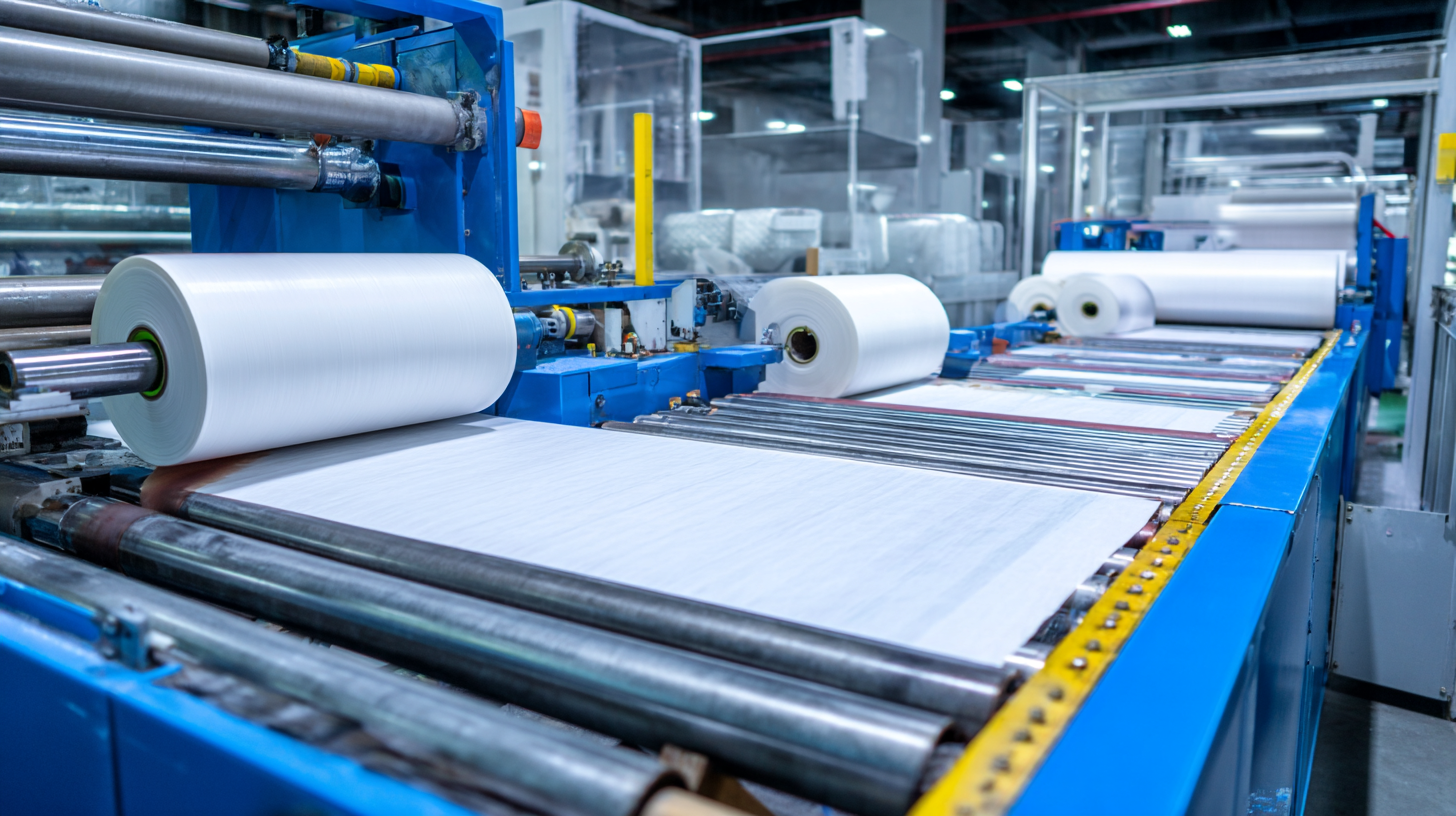
Investing in the right wrap machine can significantly enhance your business's efficiency, especially in an industry that is projected to grow rapidly. The global industrial thermal transfer (TTO) equipment market is estimated to reach $6.61 billion by 2033, growing at a compound annual growth rate (CAGR) of 6.3%. This growth reflects the increasing demand for automated packaging solutions across various sectors, including food, pharmaceuticals, and consumer goods. Choosing a capable wrap machine can place your business at the forefront of this trend, ensuring that your packaging processes are not only efficient but also cost-effective.
**Tip:** When selecting a wrap machine, consider the specific needs of your industry. For instance, businesses in the food industry can greatly benefit from cling wrap machines, which are essential for maintaining food safety and quality. Similarly, investing in automated pouch packaging systems, projected to grow to $8.1 billion by 2030, can streamline your operations and reduce labor costs.
As you evaluate your options, it’s crucial to conduct a thorough cost-benefit analysis. The sterile medical packaging market, for instance, highlights the importance of quality materials and technologies in meeting regulatory standards, with estimated market growth into several billion USD by 2032. Making informed decisions based on industry trends and data will maximize your investment in packaging machinery, transforming how your business operates in an increasingly competitive marketplace.
This chart illustrates the significant impact of investing in the right wrap machine on various business efficiency metrics, comparing the performance before and after the investment.
Integrating the right wrap machine into your existing packaging operations can significantly enhance your business efficiency. However, seamless integration requires consideration of various factors to ensure a smooth transition. Here are some essential tips to keep in mind.
First, assess your current workflow and identify areas where a wrap machine can fit in. Consider the types of products you handle and their packaging requirements. This assessment will help you select a machine that not only complements your existing equipment but also improves throughput. Remember, it's vital to choose a machine that aligns with your production speed and product size.
Second, provide adequate training for your staff. Introducing new machinery can be overwhelming, and ensuring that your employees can operate the wrap machine effectively is crucial. Scheduling regular training sessions can facilitate better understanding and usage of the machine, which in turn minimizes errors and maximizes productivity. Lastly, consider involving your team in the decision-making process to increase buy-in and enthusiasm for the new machine.
